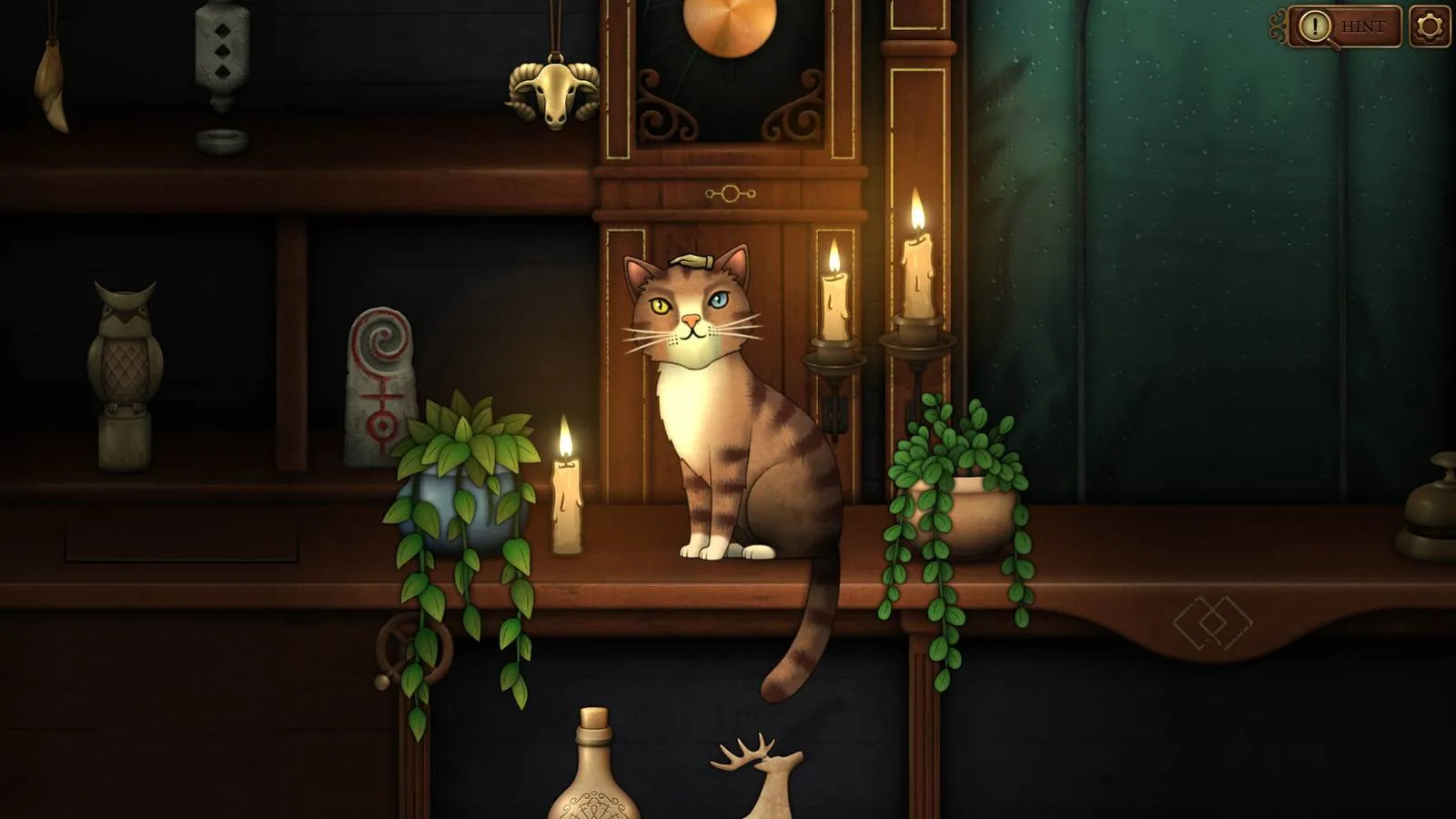 News
News
Latest Update
 News
News
 News
News
 News
News
Direct Evidence of Intent to Commit Genocide: United Nations Inquiry Report on Actions in Gaza
 Samantha Juarez
Samantha Juarez
 News
News
 News
News
The Scandinavian nation to Implement Countrywide Cellphone Prohibition in Educational Institutions
 Samantha Juarez
Samantha Juarez
Today's Top Highlights
Stay updated with the latest insights and trends in online gaming
News
 READ MORE
READ MORE
For What Duration Will the UK Continue Funding the Pension Three-Point Protection?

Samantha Juarez
16 Sep 2025
News
 READ MORE
READ MORE
Botswana's Pride Break Every Benchmark to Place Botswana on Global Soccer Scene

Samantha Juarez
16 Sep 2025
News
 READ MORE
READ MORE
This Sci-Fi Thriller Film Analysis: Tense Moments and Mysterious Phenomena in a Luxury Setting

Samantha Juarez
16 Sep 2025
News
 READ MORE
READ MORE
Fire Emblem: Fortune’s Weave Game Looks Closer to a Backstory Instead of a Sequel

Samantha Juarez
16 Sep 2025
News
 READ MORE
READ MORE
The Champions League Makes Its Comeback: An Extensive 144 Matches Await the Elimination Rounds

Samantha Juarez
16 Sep 2025
News
 READ MORE
READ MORE
Aronofsky’s Latest Movie Totally Ignores His Stunning Sci-Fi Pieces

Samantha Juarez
16 Sep 2025
News
 READ MORE
READ MORE
Young Environmental Activists Confront Trump Executive Orders in US Court

Samantha Juarez
16 Sep 2025
News
 READ MORE
READ MORE
Judge Throws Out Pair of Primary Counts Facing Luigi Mangione in Health Insurer CEO Killing

Samantha Juarez
16 Sep 2025
News
 READ MORE
READ MORE
Seven DC Comics Characters Who Could Show Up in James Gunn's DCU

Samantha Juarez
16 Sep 2025
News
 READ MORE
READ MORE
Are Manchester United Showing Any Progress With Their New Manager?

Samantha Juarez
16 Sep 2025
News
 READ MORE
READ MORE
Fleeing away from Peril to Death: Gaza City Residents Face Impossible Choice

Samantha Juarez
16 Sep 2025
Recent Posts
 News
News
 News
News
 News
News
 News
News
September 2025 Blog Roll
August 2025 Blog Roll
July 2025 Blog Roll
June 2025 Blog Roll
Sponsored News
 News
News
US Immigration and Customs Enforcement Issues Alert on National Felony Prosecution for Violence on Agents
 By Samantha Juarez
•
16 Sep 2025
By Samantha Juarez
•
16 Sep 2025
 News
News
Legal Teams, Losses and Lie Detectors – Exploring the Mudryk Anti-Doping Situation
 By Samantha Juarez
•
16 Sep 2025
By Samantha Juarez
•
16 Sep 2025
 News
News
The Cult Classic's Follow-Up Transforms Antiquing As Puzzle Gold
 By Samantha Juarez
•
16 Sep 2025
By Samantha Juarez
•
16 Sep 2025
 News
News
UK Minister for Health Warns Against Rising Racism and Anti-LGBTQ Sentiment Masked as Freedom of Expression
 By Samantha Juarez
•
16 Sep 2025
By Samantha Juarez
•
16 Sep 2025
 News
News
Exploring a Century and a Half of Manhood in One Play
 By Samantha Juarez
•
16 Sep 2025
By Samantha Juarez
•
16 Sep 2025
 News
News
Latest Info: House of the Dragon Third Season Release Date At Last Confirmed
 By Samantha Juarez
•
16 Sep 2025
By Samantha Juarez
•
16 Sep 2025
